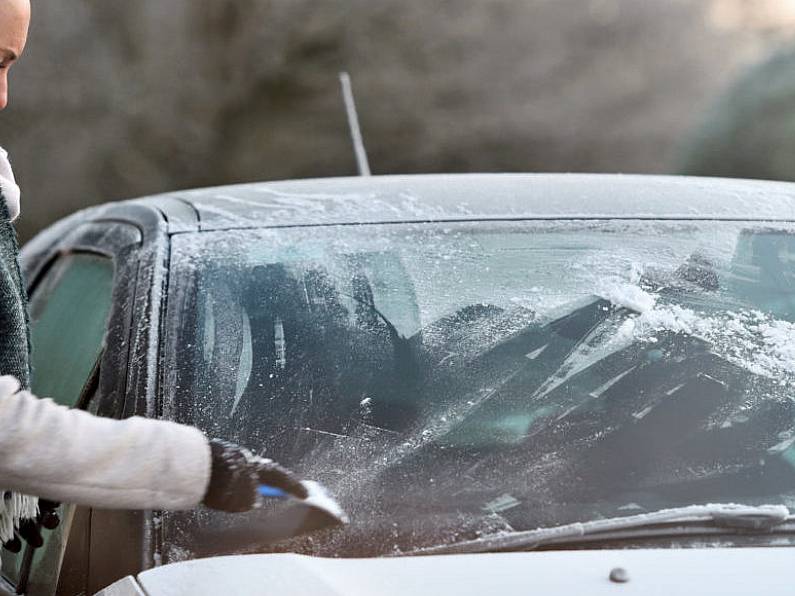More than a third of Irish rivers and a quarter of lakes are failing to meet environmental quality standards due to high levels of polluting nitrates and phosphates, according to a new assessment.
The Environmental Protection Agency’s (EPA) report for 2019 finds that more than a fifth of groundwater, which is a critical source of drinking water, has high nitrate concentrations, as does a fifth of estuarine and coastal water bodies. Just over half of rivers and lakes have high or good biological quality.
As the Irish Times reports, the main threat to water quality is the presence of too many nutrients in the form of phosphates and nitrates arising from agriculture and waste-water discharges.
“Nutrient concentrations in waters are too high and the trends are going in the wrong direction,” the EPA’s Water Quality Indicators report finds.
The main threat to water quality is the presence of too much nutrients in the form of phosphates and nitrates, which come primarily from agriculture and waste water.
Nitrate concentrations are increasing in nearly half of river and groundwater sites, while phosphate levels are increasing in a quarter of river sites.
Healthy water
The rivers surveyed last year, however, “have shown more improvements than declines overall, which is welcome”, the report adds. “However, further action is needed to return waters to a satisfactory condition.”
EPA director Dr Micheál Lehane said clean, healthy water was essential for our economy, our aquatic wildlife and for our health and wellbeing. “However, this assessment shows that our water environment remains under considerable pressure from human activities.”
Of most concern, he said, was the continued upward trend of nitrate concentrations.
The problem is particularly evident in the south and southeast of the country, where the main source of such pollutants is agriculture. The rise in nitrates coincides with the growth of the dairy sector in recent years, noted Dr Lehane.
“We need urgent and effective action to ensure that the decline in water quality is halted and to restore those water bodies that have declined in quality,” he added.












